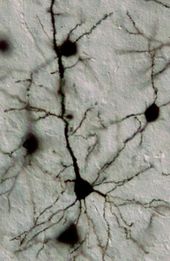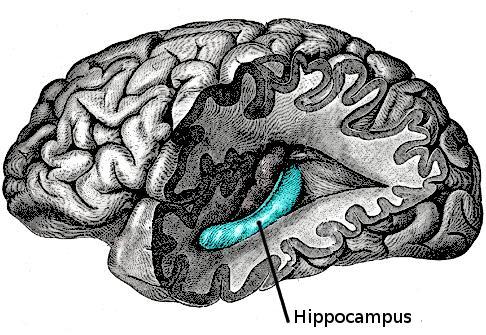
© Tracy Tran, David Ginty and Alex KolodkinA pyramidal neuron in the mouse cerebral cortex is labeled using the Golgi technique.
By combining a research technique that dates back 136 years with modern molecular genetics, a Johns Hopkins neuroscientist has been able to see how a mammal's brain shrewdly revisits and reuses the same molecular cues to control the complex design of its circuits.
Details of the observation in lab mice, published Dec. 24 in
Nature, reveal that semaphorin, a protein found in the developing nervous system that guides filament-like processes, called axons, from nerve cells to their appropriate targets during embryonic life, apparently assumes an entirely different role later on, once axons reach their targets. In postnatal development and adulthood, semaphorins appear to be regulating the creation of synapses -- those connections that chemically link nerve cells.
"With this discovery we're able to understand how semaphorins regulate the number of synapses and their distribution in the part of the brain involved in conscious thought," says David Ginty, Ph.D., a professor in the neuroscience department at the Johns Hopkins University School of Medicine and a Howard Hughes Medical Institute investigator. "It's a major step forward, we believe, in our understanding of the assembly of neural circuits that underlie behavior."

